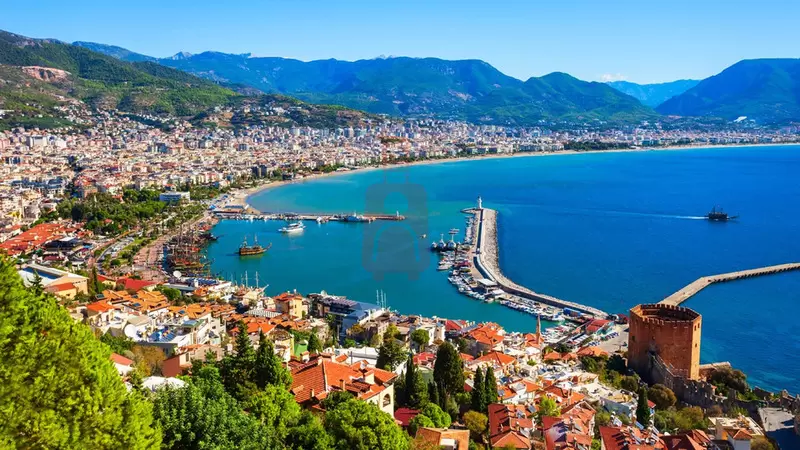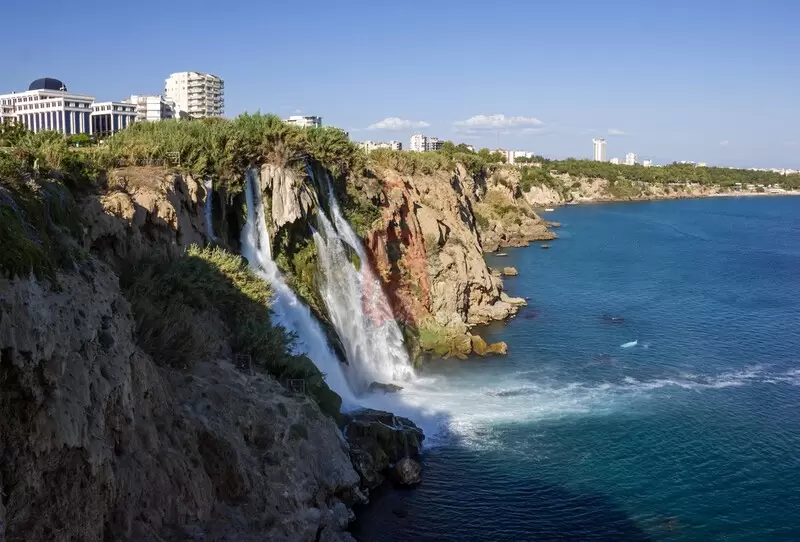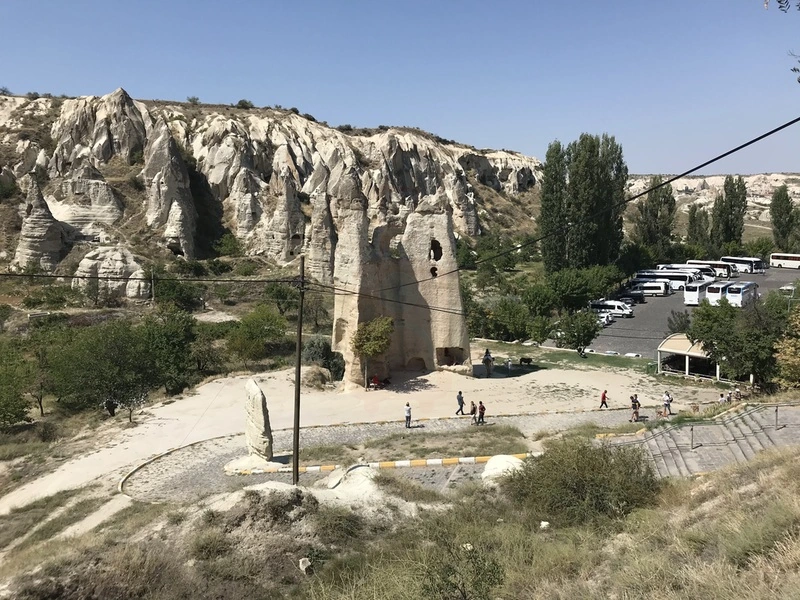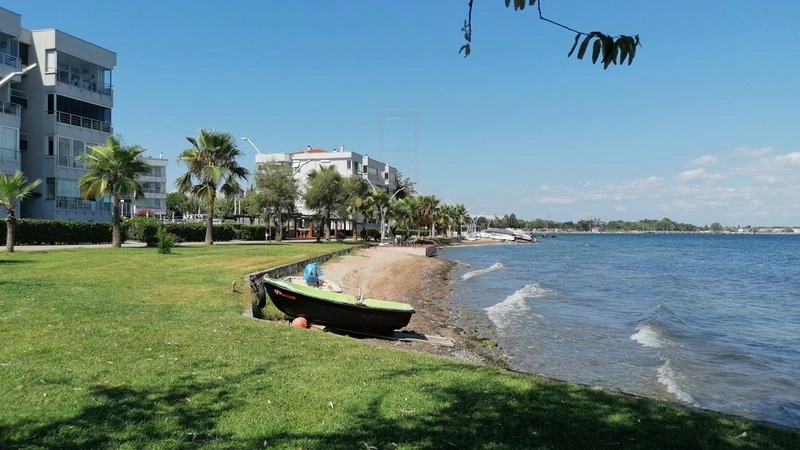Kingdom of Pisidia
The Kingdom of Pisidia, located in the rugged terrain of southwestern Anatolia, emerged as a significant power from the 4th century BCE until its incorporation into the Roman Empire. Known for its mountainous landscapes and strategic position, Pisidia was home to various tribes and vibrant city-states, including Antiocheia and Sagalassos. The kingdom was notable for its rich cultural exchanges, influenced by Hellenistic and Roman traditions. Pisidia's economy thrived on agriculture, trade, and craftsmanship, particularly in pottery and textiles. The region played a pivotal role in early Christianity, with several important sites linked to the apostle Paul. Today, the remnants of Pisidia's ancient cities reveal a fascinating blend of cultures and histories.
Phrygian Kingdom
The Phrygian Kingdom, located in central Anatolia, thrived from the 8th to the 7th centuries BCE, known for its rich culture and significant contributions to ancient civilization. Centered around the city of Gordion, Phrygia is famous for its impressive burial mounds, including the tomb of King Midas, and its advanced craftsmanship in textiles and metallurgy. The kingdom played a crucial role in trade and cultural exchanges, influenced by neighboring powers like Lydia and Urartu. Phrygian art, characterized by intricate designs and monumental structures, reflects a blend of indigenous and foreign influences. The kingdom eventually fell under the control of the Lydians, but its legacy endures through its archaeological sites and contributions to the history of Anatolia.
Kingdom of Bithynia
The Kingdom of Bithynia, situated in northwestern Anatolia along the Black Sea coast, emerged as a prominent power from the 3rd century BCE to the 1st century CE. Known for its strategic location, Bithynia served as a critical trade hub between Europe and Asia, facilitating cultural exchanges and economic prosperity. Major cities like Nicomedia and Nicaea flourished, becoming centers for commerce and early Christianity. Bithynia experienced various influences, including Hellenistic, Roman, and Byzantine, which shaped its rich cultural landscape. The kingdom's historical significance is reflected in its archaeological sites, ancient ruins, and its role in the political dynamics of the region during classical antiquity.
Cilicia Kingdom
The Cilicia Kingdom, located in the southeastern part of Anatolia, was a significant power from the 1st century BCE to the 1st century CE. Nestled between the Taurus Mountains and the Mediterranean Sea, it served as a crucial trade route connecting Asia and Europe. Known for its rich agricultural land and maritime trade, Cilicia was home to prosperous cities like Tarsus, which became an important cultural and economic center. The kingdom experienced various influences, including Persian, Hellenistic, and Roman, leading to a diverse cultural landscape. Cilicia's strategic location made it a focal point for military campaigns and cultural exchanges, leaving a lasting legacy reflected in its archaeological sites and historical texts.
Kingdom of Lycaonia
The Kingdom of Lycaonia, located in central Anatolia, was known for its rugged terrain and diverse tribes. Flourishing during the Hellenistic period, it became a significant cultural and economic center, influenced by nearby Persian and Greek civilizations. The region was characterized by its unique villages, often built in elevated positions for defense, and was home to notable cities like Iconium (modern-day Konya) and Laranda. Lycaonia's inhabitants were known for their agricultural practices, particularly in grain and livestock. The kingdom eventually came under Roman control, integrating into the province of Galatia. Today, the remnants of its ancient cities and cultural heritage continue to attract historians and travelers alike.
Kingdom of Cappadocia
The Kingdom of Cappadocia, located in central Anatolia, emerged as a significant power in the region during the late Hellenistic period. Known for its unique landscapes, including fairy chimneys and extensive cave systems, Cappadocia was both a cultural and economic hub. Its strategic position along trade routes facilitated interactions with various civilizations, including the Persians, Greeks, and Romans. The kingdom became famous for its skilled horse breeding and production of fine wines. Cappadocia's rich history is reflected in its rock-cut churches and underground cities, which served as refuges during invasions. Eventually, Cappadocia was integrated into the Roman Empire, leaving a lasting legacy in the region's cultural and historical narrative.
Kingdom of Galatia
The Kingdom of Galatia was an ancient state located in central Anatolia, established by Celtic tribes known as the Gauls around the 3rd century BCE. This kingdom became notable for its unique blend of Celtic and Hellenistic cultures, showcasing a distinct identity in the region. Galatia thrived through agriculture and trade, benefiting from its strategic position along key routes. Its capital, Ancyra (modern-day Ankara), served as an important cultural and administrative center. The kingdom played a significant role in the power dynamics of Anatolia, often interacting with neighboring states such as Pontus and Rome. Eventually, Galatia was absorbed into the Roman Empire, leaving a lasting imprint on the region's history and culture.
Pontus Kingdom
The Kingdom of Pontus was an ancient state located in the northeastern part of Anatolia, along the coast of the Black Sea. Established in the 3rd century BCE, it became a significant power under the leadership of kings like Mithridates VI, who expanded its territory and influence. Pontus was known for its rich natural resources, including fertile lands and valuable minerals, which facilitated trade and economic growth. The kingdom fostered a unique blend of Greek and local cultures, evident in its art, architecture, and religious practices. It engaged in conflicts with Rome, ultimately leading to its incorporation into the Roman Empire in the 1st century BCE, leaving a lasting impact on the region's history.









